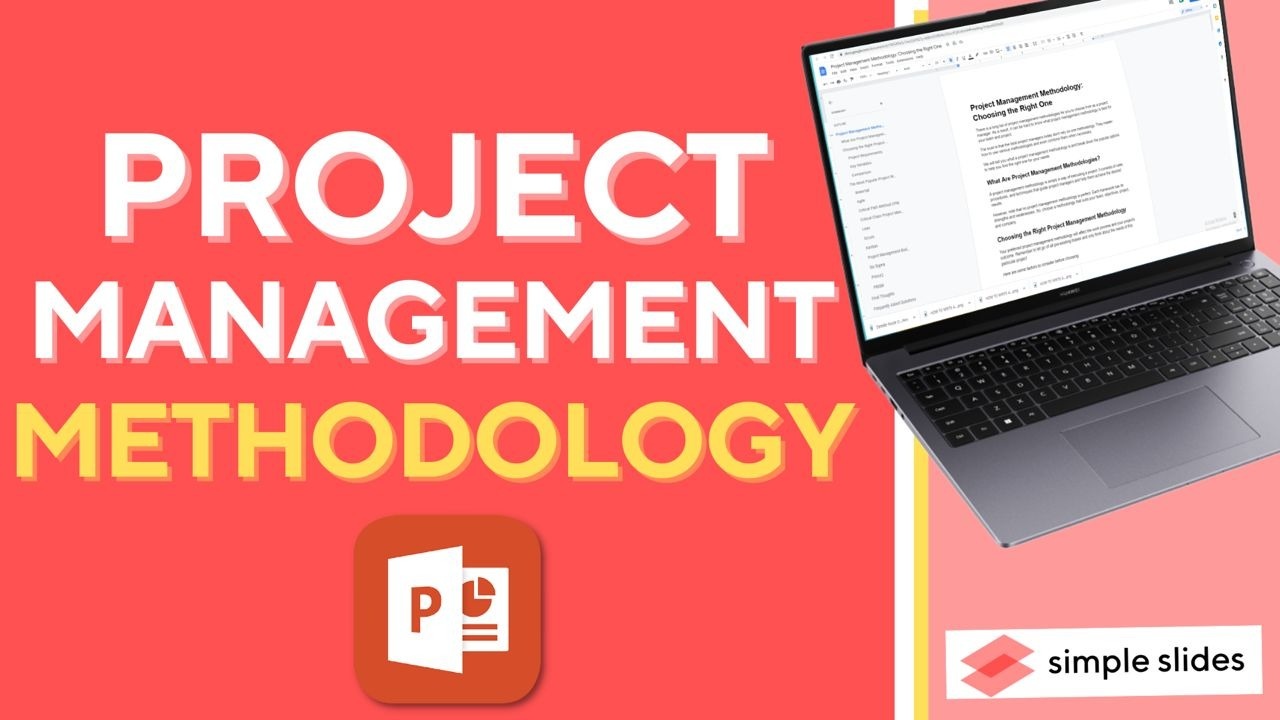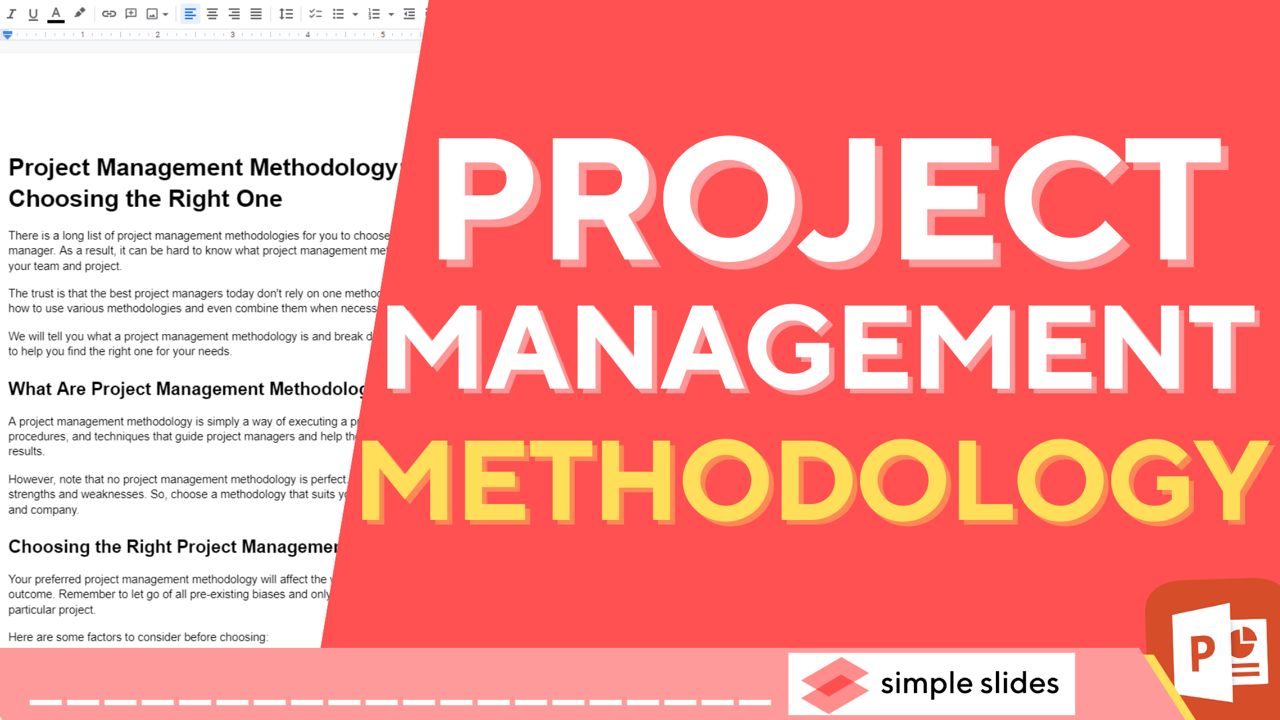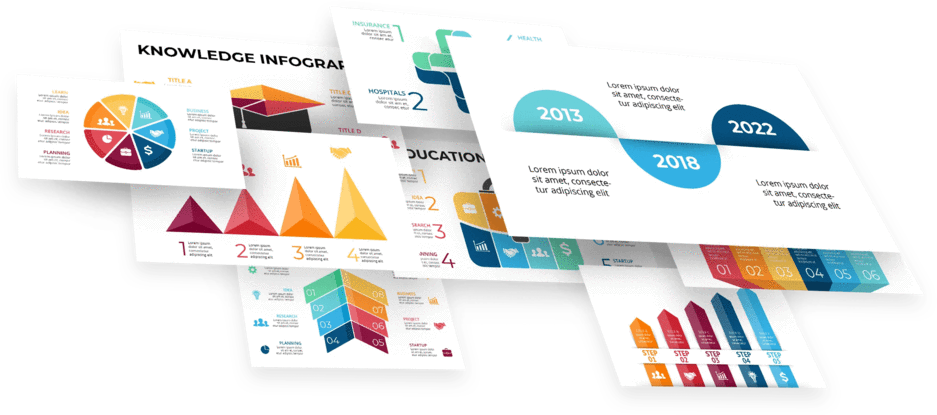Project Management Methodology: Choosing the Right One
Oct 20, 2022
There is a long list of project management methodologies for you to choose from as a project manager. As a result, it can be hard to know what project management methodology is best for your team and project.
The trust is that the best project managers today don't rely on one methodology. They master how to use various methodologies and even combine them when necessary.
We will tell you what a project management methodology is and break down the popular options to help you find the right one for your needs.
What Are Project Management Methodologies?
A project management methodology is simply a way of executing a project. It consists of rules, procedures, and techniques that guide project managers and help them achieve the desired results.
However, note that no project management methodology is perfect. Each framework has its strengths and weaknesses. So, choose a methodology that suits your team, objectives, project, and company.
Choosing the Right Project Management Methodology.
Your preferred project management methodology will affect the work process and your project's outcome. Remember to let go of all pre-existing biases and only think about the needs of this particular project.
Here are some factors to consider before choosing:
Project Requirements.
Your project's requirements are the first factor to consider. What goals do you want to achieve? What resources are available? Take a look at these elements to get your answer:
- Budget
- Team size and skills
- Timeline
- Project's objectives
- Complexity of tasks
- Stakeholders
- Company structure
Key Variables.
Which variables are essential to your project's delivery? Listing them will enable you to prioritize the exemplary aspects and identify the most suitable methodologies.
Comparison.
After identifying suitable project management methodologies, you can compare their strengths and weaknesses. Weigh the chances of success and risks involved in using each methodology to decide the best option.
However, the decision shouldn't be up to you alone. Consult your team to see where the higher chance of success and lowest risk of failure lie.
The Most Popular Project Management Methodologies.
There are thousands of project management methodologies, so we can't cover all. However, these are the most widely used ones:
Waterfall.
Waterfall project management is a traditional and straightforward methodology that requires the linear execution of projects. When using it, you must complete each task and phase before proceeding to the next one.
Project managers plan all stages of the project before work begins. The project teams are then required to follow the plan strictly. We have listed the steps involved in the waterfall method below:
- Project requirements
- Concept development
- Product design
- Product creation
- Testing
- Launch and maintenance
The waterfall methodology is suitable for companies in the manufacturing and construction industry. However, the process flows like a waterfall. So, it is unidirectional and inflexible.
When to use the waterfall approach when undertaking highly structured projects with clear and fixed goals.
When to avoid it: Avoid the waterfall approach when your project requires flexibility and the requirements are unclear.

Agile.
If the rigidity of traditional project management methods is unsuitable for your project, the agile project management methodology is something you should consider. It allows managers to take an evolving and collaborative approach.
When using this methodology, you should focus on smaller deliverables and update your goals as you achieve them. Also, give your team members more freedom and support.
Though this methodology is best suited to software development, it is also used in other industries that require innovation and flexibility. The agile methodology supports frequent testing and updates, quick turnarounds, maintenance, and adaptation throughout the project lifecycle.
Additionally, the release of the agile manifesto has resulted in the introduction of numerous sub-categories like scrum, kanban, lean, and extreme programming.
When using this approach when your goal is undefined and needs flexibility, it offers speed and collaboration with stakeholders/clients.
When to avoid it: Avoid it when undertaking an inflexible project with strict requirements.
These are the most appealing marketing infographics!
Critical Path Method CPM.
The critical path method works based on the idea that some tasks are of higher priority. To use it, list the project's activities along with their duration, dependencies, and milestones.
These pieces of information will enable you to find your critical path, i.e., the most extended sequence of essential tasks, without time delay. Your critical path will decide your project's timeframe and ensure you don't miss any crucial steps.
Prioritize the essential tasks because a delay in any of them will slow down your progress.
When to use it: Use it to break complex projects into small tasks and outline their sequence visually. You can also use it to identify high-priority tasks.
When to avoid it: Stay away from this framework if you are unsure of your task's duration or need something simple.
Critical Chain Project Management CCPM.
Think of critical chain project management as an advanced CPM. While project managers use CPM to manage tasks, they to CCPM for resource and buffer management.
Think of critical chain project management as a more realistic and advanced CPM. While project managers use CPM to manage tasks, they turn to CCPM for resource and buffer management.
Critical chain project management allows some buffers to ensure managers have enough time and resources for all tasks. This will be beneficial in the event of unforeseen circumstances.
When to use it: Use it when you need something more realistic than CPM.
When to avoid it: Avoid it when you don't require buffers.
Lean.
Project managers use lean project management methodology to reduce wastage and increase productivity. Toyota developed the lean methodology to target three wasteful practices in a workflow.
First is Muda, which means wastefulness. It refers to activities that add no value to the process or customer.
Mura means irregularity. This type of waste occurs when there is unevenness in the work process. Unevenness causes overproduction, inefficiency, waiting, etc.
Muri means overburden. It occurs when excessive strain is exerted on workers and equipment and may result in breakdowns.
Search for these wasteful practices and eliminate them to improve your workflow. Since Eric Ries published The Lean Startup, manufacturing, construction, and software development companies have adopted lean methodology.
When to use it: Use it to increase your workflow's efficiency, cut costs, and give your client more value.
When to avoid it: Avoid it when executing complex projects.
Scrum.
Scrum is an agile project management method that requires managers to break projects into "sprints." Each sprint lasts one to two weeks, with team members having daily meetings.
A scrum team should have no more than ten members and a scrum master different from a project manager. The team reviews each sprint and makes necessary adjustments before proceeding to the next one.
When to use it: Use it when you need flexibility and continuous improvement.
When to avoid it: Avoid it when your team isn't motivated.
Kanban.
The Kanban method originated from agile project management. It involves visualizing tasks so the project team members can follow their workflow and progress. A Kanban board is used for this.
Additionally, the Kanban board enables managers to reduce inefficiencies and identify potential bottlenecks. You can use it for various purposes, including manufacturing, software development, recruitment, marketing, organizational strategies, etc.
When to use it: Use it to manage projects visually.
When to avoid it: Avoid it if your project is too complex.

Project Management Body of Knowledge (PMBOK).
The Project Management Institute (PMI) introduced its book, the Project Management Body of Knowledge (PMBOK), as an industry standard. Hence, it's more than just a methodology.
It consists of definitions and rules for initiating, planning, executing, organizing, and closing projects. You will find several processes and techniques to apply to your projects or other project management methodologies.
When to use it: You can use PMBOK for simple and large projects to ensure they meet industry standards. Using PMBOK to get a PMP certification from the Project Management Institute will also be a good idea.
When not to use it: Avoid it if your project requires a concrete project management methodology.
Six Sigma.
The Six Sigma methodology helps project managers to enhance quality and eliminate inconsistencies in their work process or product. It focuses on quality control using a data-oriented approach and qualified workers.
You may combine with other methodologies to create variations like Agile Sigma and Lean Six Sigma. You may apply it to new or existing processes depending on your needs.
Additionally, the Six Sigma process consists of five phases. When improving a product or process, use DMAIC (Define, Measure, Analyze, Improve, and Control). On the other hand, DMADV (Define, Measure, Analyze, Design, and Verify) is for developing processes and products.
When to use it: Use it when you need a versatile project management methodology.
When not to use it: Opt for something else if you don't have enough funds to train your employees.
Working on a new strategy? We have the best strategy infographics for you.
Prince2.
Prince2 is an acronym for PRojects IN Controlled Environments. Introduced by the UK government decades ago to manage IT projects, this methodology is now used by government agencies worldwide.
This project management methodology involves breaking projects into phases, each with its strategy and processes. Each phase also has precise inputs and outputs.
Additionally, it is run by a project board that makes high-level decisions like the team's structure and resource allocation. A project manager handles the lower-level activities.
When to use it: Take a thorough approach toward large-scale projects.
When to avoid it: Avoid it when carrying out small projects.
PRISM.
PRISM stands for projects integrating sustainable methods. You can think of it as a green project management methodology.
Stakeholders within the project management community use it to execute tasks without impacting their environment negatively. It works based on six principles: commitment and accountability, ethics and decision-making power, integration and transparency, development of resources, social and ecological equity, and economic prosperity.
When to use it: Use it when environmental sustainability is a priority.
When to avoid it: Avoid it if environmental sustainability isn't your concern.
Final Thoughts.
We have explained the basics of the most widely-used project methodologies. You can now do further research on any methodology that suits your needs. Don't forget to download your free project infographics from Simple Slides.
Frequently Asked Questions:
What is the best project management methodology for construction?
The best project management methodology for construction is the waterfall project management methodology.
What is the best project management methodology for software development?
The agile project management methodology is the best software development methodology.
What are examples of the agile project management methodology?
Examples of agile project management methodologies include Scrum, Kanban, and Scrumban.
Related Articles
Get A Free Sample of Our Award-Winning PowerPoint Templates + University
Get A Free Sample of Our Award-Winning PowerPoint Templates + University
Join our mailing list to receive the latest news and updates from our team.
Don't worry, your information will not be shared.
We hate SPAM. We will never sell your information, for any reason.





